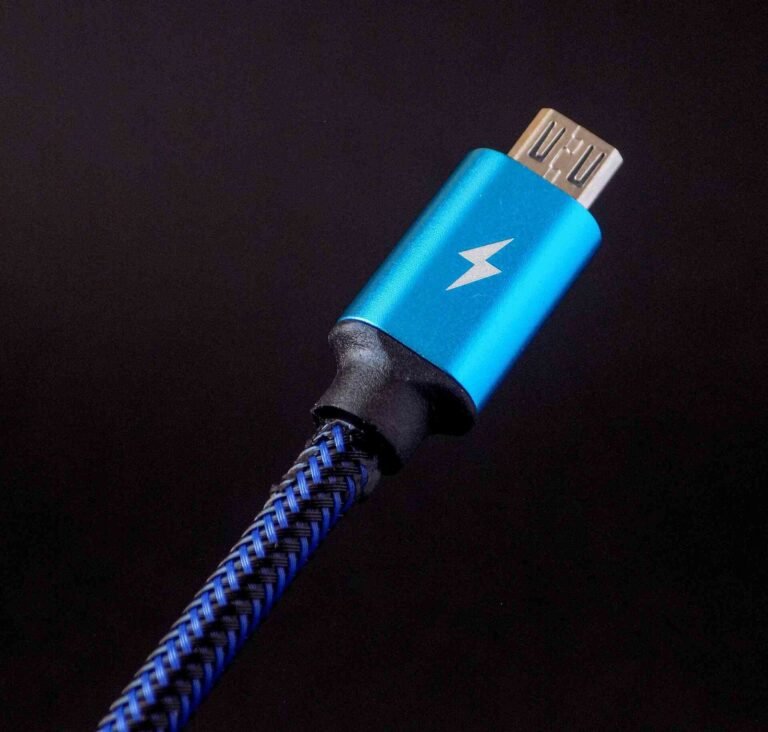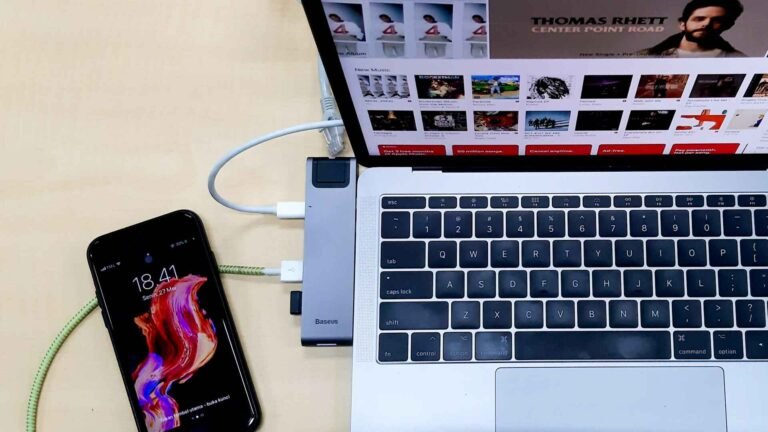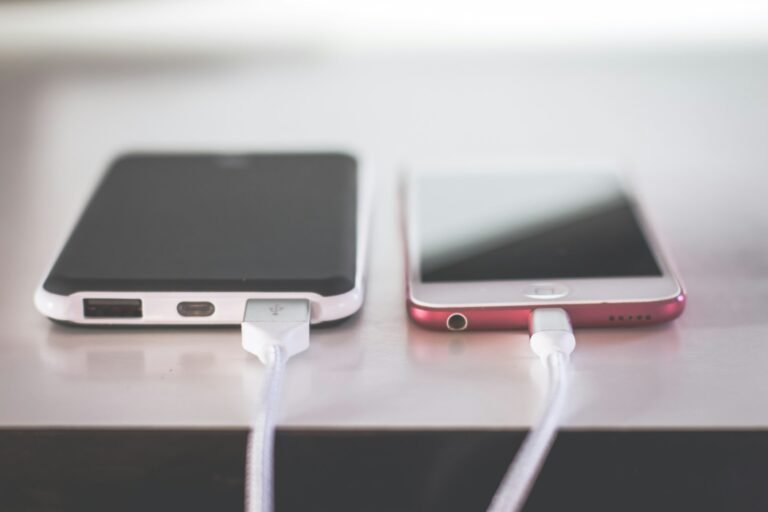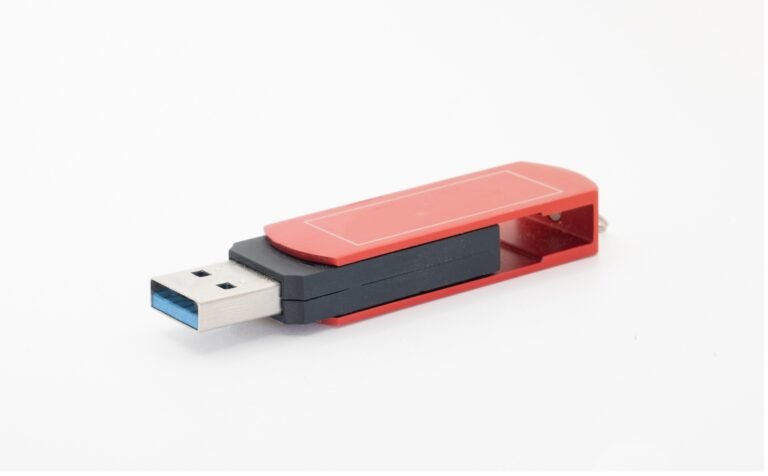What Is Pass-Through Charging? Guide to Power Management
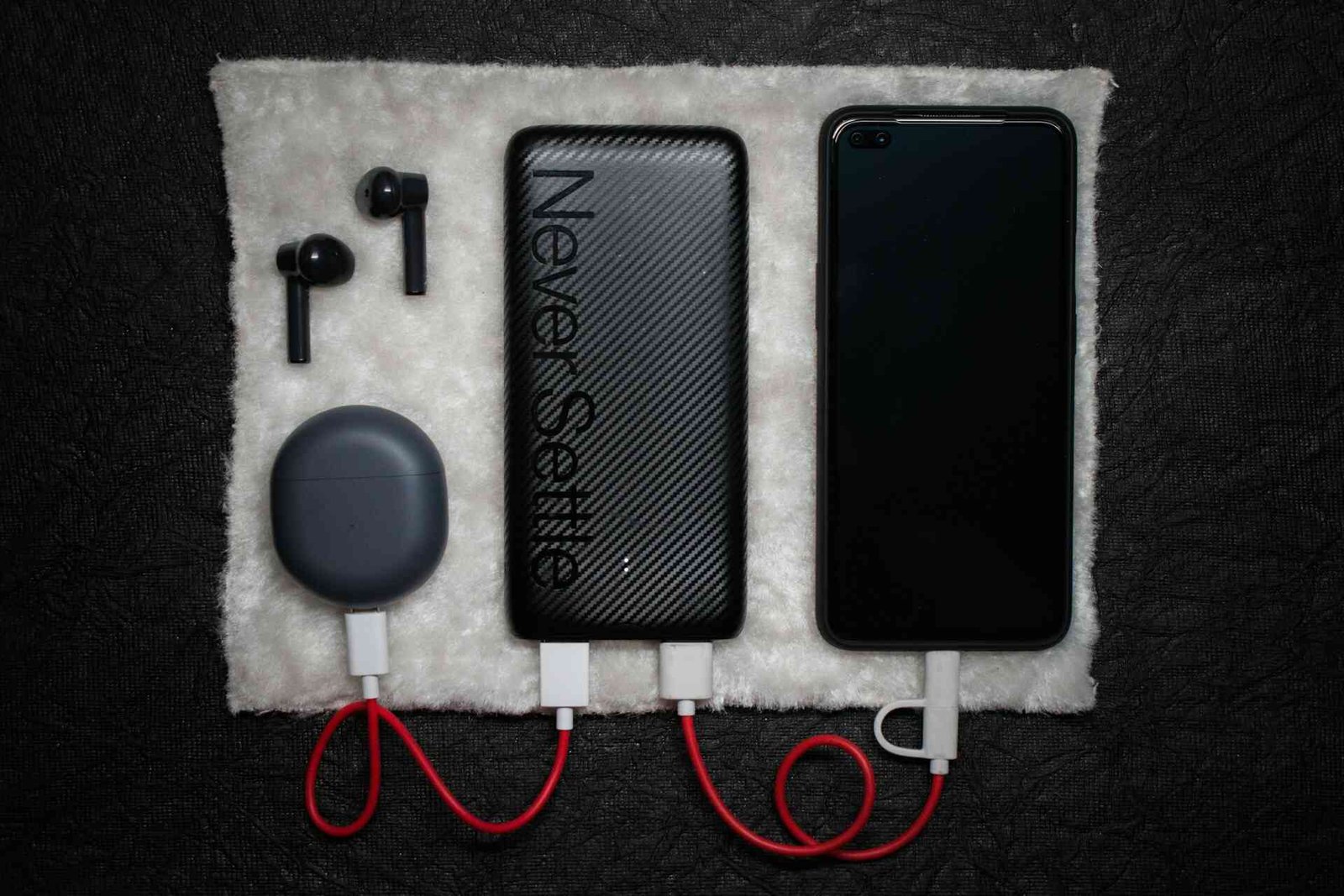
Ever found yourself in that awkward dance where your phone is dying, your power bank is dead, and you’re desperately trying to figure out which one to charge first? We’ve all been there, staring at our devices like we’re solving some kind of modern-day puzzle. Well, here’s where pass-through charging swoops in like a tech superhero to save the day.
Understanding Pass-Through Charging: The Basics
So, what is pass-through charging exactly? Think of it as the ultimate multitasker in the charging world. Pass-through charging allows a device to charge itself while simultaneously powering or charging other connected devices. It’s like having a reliable friend who can help you with your homework while doing their own, except in this case, we’re talking about keeping all your gadgets powered up.
When we talk about pass-through charging power bank functionality, we’re looking at devices that can receive power from a wall outlet while also delivering power to your smartphone, tablet, or other USB-powered devices.
How Pass-Through Power Banks Work Their Magic
The technology behind pass-through charging is actually quite clever. Instead of the traditional “charge me first, then I’ll charge you” approach, these devices manage power flow in both directions simultaneously. The power bank essentially becomes a smart intermediary, taking power from the wall and intelligently distributing it.
Here’s what happens under the hood: when you plug in your pass-through charging power bank to a wall outlet, it doesn’t just greedily hoard all that incoming power for itself. Instead, it prioritizes charging your connected devices first, then uses any remaining power to top up its own battery. Some advanced models even split the incoming power, sending a portion to connected devices and another portion to the internal battery.
The Real-World Benefits That Make Life Easier
Let’s talk about why pass-through charging actually matters in our daily lives. We live in a world where we’re constantly juggling multiple devices, and finding enough charging time for everything can feel like a logistical nightmare.
Convenience Factor: Imagine you’re packing for a trip and realize both your phone and power bank are running low. With pass-through charging, you can plug in your power bank, connect your phone to it, and both will charge simultaneously. No more playing charging roulette or setting multiple alarms to remember when to swap devices.
Desk Organization: For those of us working from home or in shared spaces, pass-through charging helps reduce cable chaos. Instead of needing multiple wall outlets and dealing with a tangle of cables, you can use your power bank as a charging hub.
Emergency Preparedness: When the power goes out or you’re in a situation where wall outlets are scarce, a fully charged pass-through power bank becomes your power distribution center, keeping multiple devices alive while being ready to recharge itself when power returns.
Exploring USB Hub Pass-Through Charging
Now, what is pass-through charging when it comes to USB hubs? This is where things get really interesting for workspace warriors and tech enthusiasts.
A pass-through charging USB hub combines the functionality of a traditional USB hub with smart charging capabilities. These devices can be powered by your laptop’s USB port while simultaneously providing power to connected devices without draining your laptop’s battery excessively.
The beauty of this setup lies in its efficiency. Many modern USB hubs with pass-through charging can intelligently manage power delivery, ensuring that high-power devices get the juice they need while maintaining stable connections for data transfer. Picking between a powered and unpowered USB hub becomes a crucial consideration when choosing the right setup for your workspace.
Types of Pass-Through Charging Devices
The world of pass-through charging isn’t limited to just power banks. Let’s explore the different types of devices that offer this functionality:
| Device Type | Best For | Key Advantage | Our Recommendation |
|---|---|---|---|
| Power Banks | Travel and mobile use | Portability and high capacity | INIU Power Bank on Amazon |
| USB Hubs | Desktop workstations | Multiple device connectivity | Anker USB C Hub (7-in-1) on Amazon |
| Charging Stations | Home/office organization | Centralized charging solution | BREEKET 6-Port on Amazon |
| Car Chargers | Vehicle charging | Simultaneous passenger device charging | Anker 323 USB-C Car Charger Adapter on Amazon |
| Wireless Chargers | Convenience-focused users | Cable-free charging experience | INIU Wireless Charger Station on Amazon |
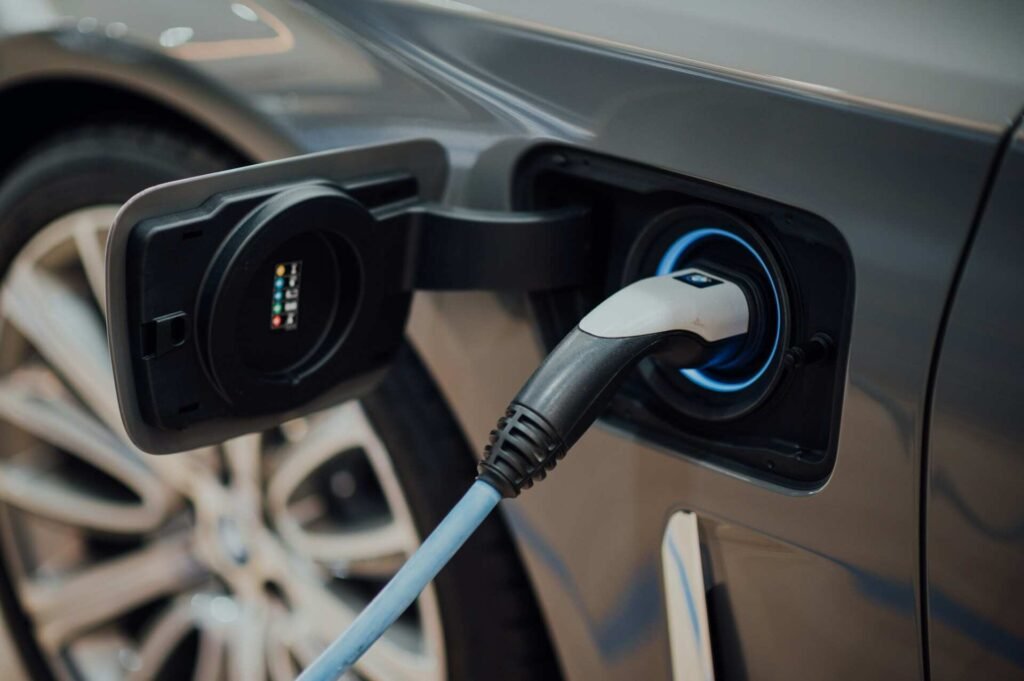
Each type serves different needs, but they all share that magical ability to charge themselves while keeping your other devices powered up.
Smart Shopping: What to Look For
When shopping for pass-through charging devices, there are several factors that can make or break your experience. We’ve learned that not all pass-through chargers are created equal, and knowing what to look for can save you from future frustration.
Power Distribution Intelligence: Look for devices that can intelligently prioritize charging. Some cheaper models might not efficiently balance power between the device itself and connected gadgets, leading to slower charging speeds overall.
Port Variety and Speed: Consider how many devices you typically need to charge simultaneously. Also, check if the device supports fast charging protocols like USB-C PD (Power Delivery) or Qualcomm Quick Charge.
Heat Management: Pass-through charging generates more heat than traditional charging since the device is working harder. Quality models include thermal management features to prevent overheating.
Common Misconceptions and Troubleshooting
One of the biggest myths about pass-through charging is that it’s bad for battery health. While it’s true that any charging process generates some heat, modern pass-through devices are designed with battery longevity in mind. The key is choosing quality devices from reputable manufacturers.
Another common issue people face is connection instability. USB hub disconnections often come down to power management issues, which is exactly what good pass-through charging is designed to solve.
Some users worry about charging speeds being slower with pass-through charging. While there might be a slight reduction in speed compared to direct wall charging, the convenience factor usually outweighs this minor trade-off.
FAQ
What does pass-through charging mean for battery lifespan?
Pass-through charging, when implemented properly, shouldn’t significantly impact battery lifespan. Modern devices include smart charging circuits that manage heat and charging cycles to protect battery health. The key is choosing quality devices that implement these protections correctly.
Can I use pass-through charging with any device?
Most USB-powered devices work with pass-through charging, but it’s always best to check compatibility. Some devices with very specific power requirements might not work optimally with certain pass-through chargers.
Is pass-through charging slower than regular charging?
There can be a slight reduction in charging speed since the power is being split between the charging device and connected gadgets. However, the difference is usually minimal with quality pass-through chargers, and the convenience factor more than makes up for it.
Do I need to worry about overloading when using pass-through charging?
Quality pass-through charging devices include built-in protections against overloading. However, it’s still important to check the total power output capacity and not exceed the recommended limits for connected devices.
Wrapping Up: Your Charging Game Just Got Stronger
Pass-through charging might sound like just another tech buzzword, but it’s actually one of those genuinely useful innovations that makes our device-heavy lives a little bit easier. Whether you’re dealing with a power bank that can multitask or a USB hub that keeps your workspace organized, pass-through charging is all about working smarter, not harder.
The next time you’re shopping for charging solutions, remember that pass-through charging isn’t just a nice-to-have feature, it’s a game-changer for anyone who’s tired of playing charging musical chairs with their devices. After all, in a world where we’re constantly connected, shouldn’t our charging solutions be just as smart as the devices they’re powering?
Looking for more? Check out our tech utilities category for more articles and guides that may interest you!
Featured image credit: Photo by Atharva Whaval on Unsplash
This content is for informational purposes only. Please verify current information directly on the retailer’s site before purchasing.

